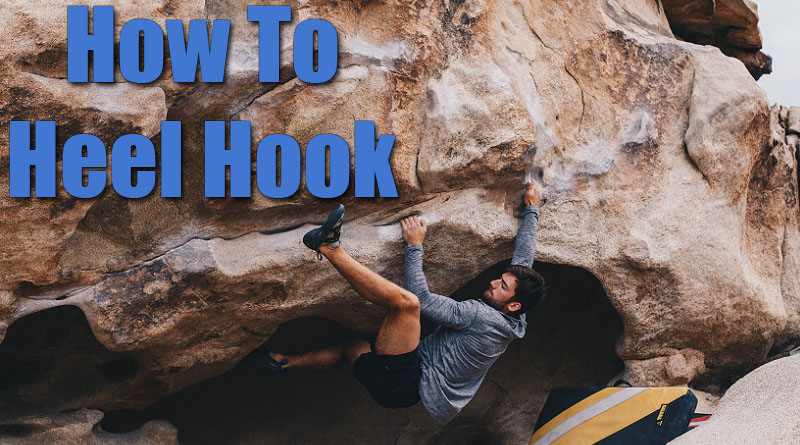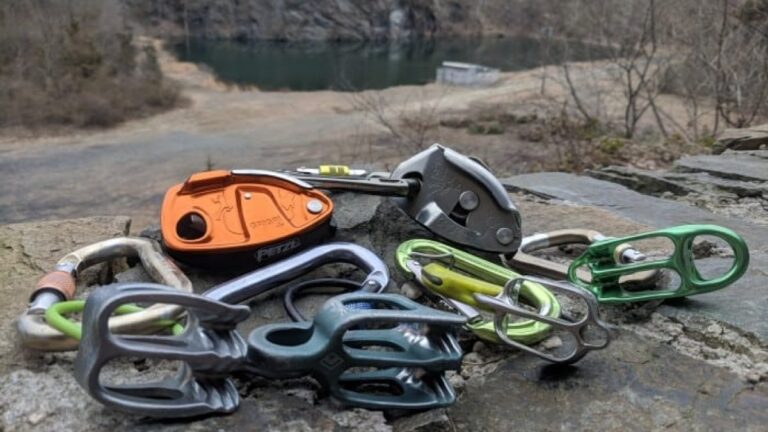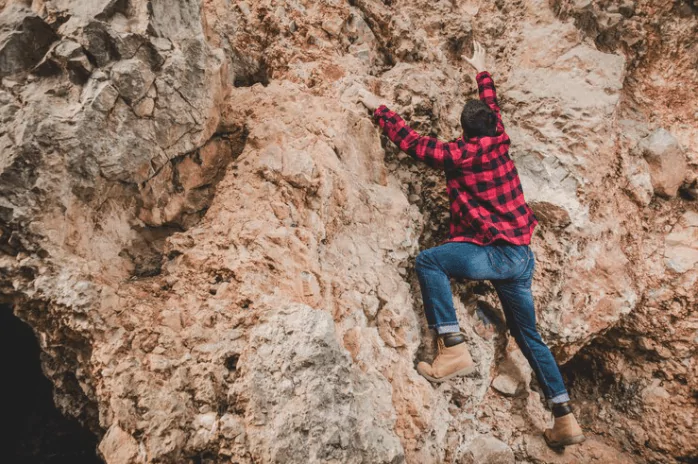Heel Hook for Climbing Technique 101 (Key to your next level)
The heel hook is one of the most popular climbing techniques and a basic technique that has many uses on the climbing wall. Mastering this complex movement is essential to improving your climbing technique.
What is a heel hook?
A heel hook is a basic climbing technique in which the heel is attached to a support to provide stability, support, or in some cases, balance on a taller leg. This is a common movement that climbers often use to maintain tension on a wall. Learning about the heel hook and its many uses will make you a more well-rounded climber.
Due to the widespread use of a bead hook, it can be difficult to produce. This technique is usually used passively to maintain balance during the next movement. However, in many cases it is necessary to use the heel hook effectively.

How to do a heel hook
To perform a heel hold, first place your heel on the fulcrum. Then engage your heels by pointing your toes out and lifting your hips. This active position brings the center of gravity closer to the wall and increases the surface area occupied by the heel.
Once the heel is activated, you can perform the next movement. As with all climbing, there are exceptions where heels can only be used passively.
If your heel dislocates during the next movement, ask yourself why. In many cases, the bead is removed because you simply forgot it was there. Observe the position of the foot and use the heel hook effectively in the next movement.
Also consider replacing the bead with a border after completing this step. Just because your heel provided balance in the previous movement doesn’t mean it will do anything for you in the next movement. Use your legs wisely as they are stronger and more useful than your arms.
Practice catching your heel
Although the technique is simple, mastering the heel hook takes a lot of time and practice. Start using heel hooks as often as possible, and remember to point your toes outward and engage your hips to bring your center of gravity closer to the wall.
Louis has a great video with more tips on using heel hooks for beginners.
Common mistakes when turning on your heels
The heel hold is one of the basic movements that many climbers perform incorrectly. Below are some common mistakes made when performing a heel hook.
Don’t point your toes outward
Most bead hooks made by beginners have a negative bead. You put on a heel (often without looking at your foot) and then forget about it. These climbers recognize the need to use their heels to improve stability, but they don’t realize that they can get more from this position.
By using the heel effectively, a climber can bring the center of gravity closer to the wall, increasing stability and opening up greater reach. To do this, he points his toes down and lifts his hips instead of dangling from his heels. Another benefit of this position is that the heel has a much grippier surface and more rubber = more friction.
He always tries to activate the heels and engage the hips when performing heel hooks.
Forget heels
Climbers often fail to maintain pressure on the heel, causing it to lift off the wall during the next movement. This occurs when climbers are unable to focus on the heel once it is installed. If you don’t apply enough pressure, your foot will slide off the wall.
When to start climbing
The heel hook is one of the moves that can be widely used in climbing. It has multiple uses in both indoor and outdoor climbing, both rock climbing and sport climbing. Some climbers always reach towards their heels when climbing.







